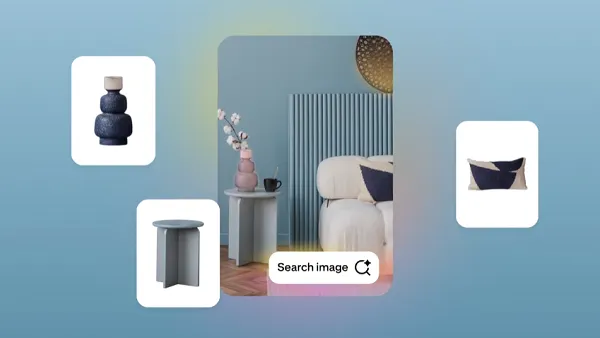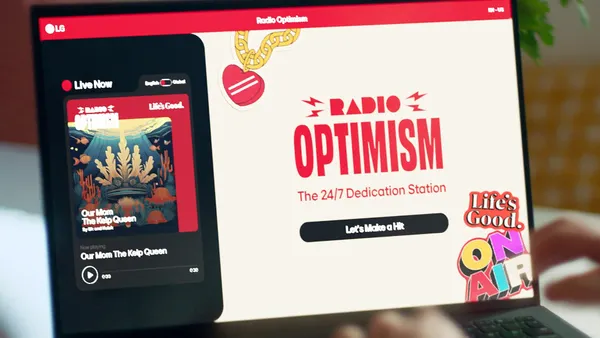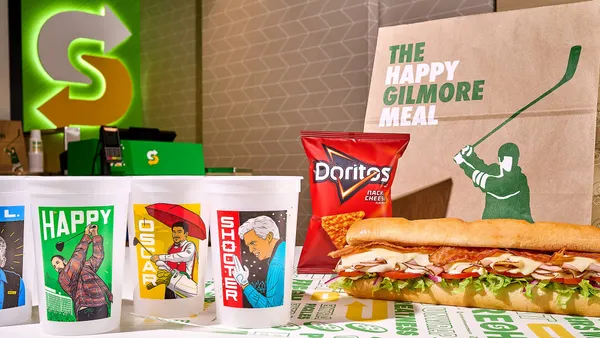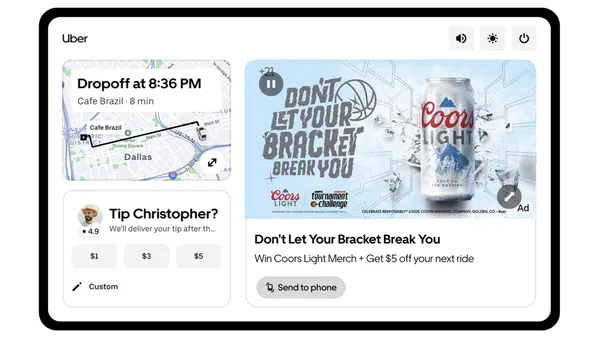Brief:
- Retail app usage has risen 50% since 2016, reducing financial pressure for merchants during the holiday shopping season. Online shopping events from Amazon, Alibaba and Flipkart give people reasons to shop year-round, and tying ad campaigns to the the season is an outdated strategy, per a study that app marketing firm Liftoff and mobile measurement firm Adjust shared with Mobile Marketer.
- "Mobile window-shopping" is a new trend in North America and the Asia-Pacific regions as mobile consumers don't buy in-app after browsing. North American purchase rates dropped 60%, while cost-per-first-purchase rates doubled to $59 from a year earlier. Asia-Pacific's conversion rate was 10%, while cost-per-first-purchase rose 13% to $31, per the study.
- Customers are easier to engage on mobile, as the cost to acquire a first-time retail app user has dropped by a third in the past year to $30 from $45. The study data includes 90.9 billion ad impressions among 13.6 million installs, and 3.9 million registration and purchase events from April 2018 to May 2019.
Insight:
Liftoff and Adjust's report shows that as consumers grow more comfortable on mobile, typical shopping patterns are changing. Retail app data shows that consumers worldwide are ready to spend throughout the year. U.S. retail sales rose 3.2% in May from a year earlier as consumer spending rebounded from a soft first quarter, MarketWatch reported.
The key challenge the report presents for retailers is driving app users to the point of purchase amid a growing trend toward "mobile window shopping," or just passive scrolling. The cost to acquire users is falling across the board, with the cost for brand commerce apps, such as Gap's, falling 19% to $56.81 this year from 2018. Brand commerce app conversions also dropped, plunging to roughly 5% from around 50% — an "outright worrying" drop, per Liftoff and Adjust.
However, the conversion rate for marketplace apps, such as Alibaba's, more than doubled. These apps typically have wide assortments, attractive prices and a seamless experience to convince and convert users. Conversely, rates for value-add apps have dropped 55% to about 10% in the past year, indicating that "apps in this category are failing to strike a chord with their audience."
The conversion data doesn't indicate why consumers are avoiding a final purchase, per Liftoff and Adjust. However, research shows that Gen Z consumers may prefer browsing online and completing their purchase in-store, as some digital-first companies like Warby Parker, an online retailer of prescription glasses and sunglasses, encourage this method with a digital and brick-and-mortar presence. Previous research from ad-tech firm Criteo also suggests traditional stores can use apps to boost in-person sales.
App marketing costs have steadied throughout the year as retailers improve their strategies, although seasonal differences indicate that retail app marketers can boost the efficiency of their promotional dollars at certain times. March had the lowest cost to acquire a user who makes a purchase at $29.90, while conversions reached a yearly high of 14%. November, which includes the biggest shopping days of the year, also has "moderate" user acquisition costs of $35.92 and engagement rates of 13%, per Liftoff and Adjust.












